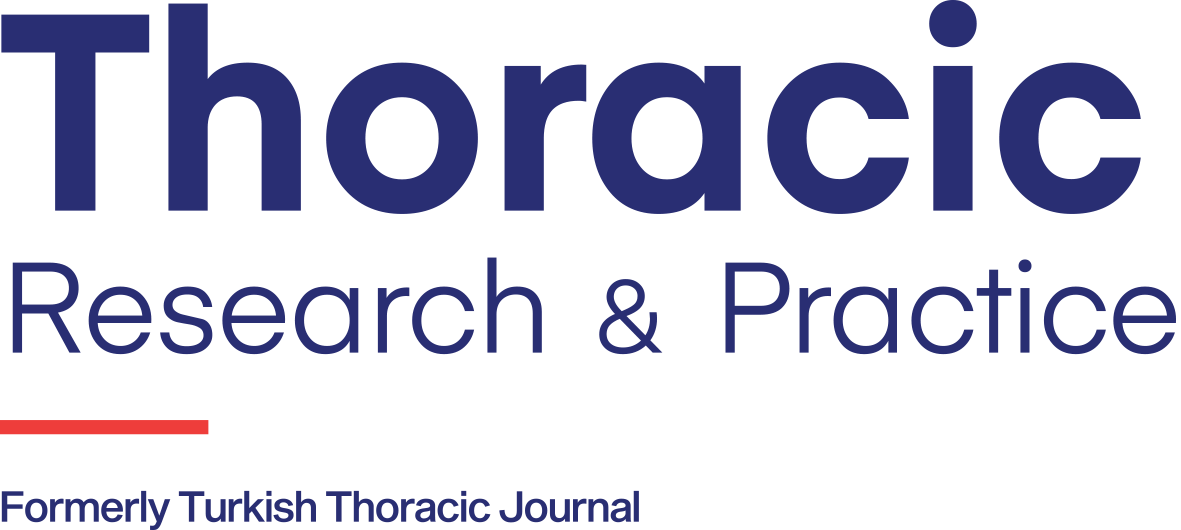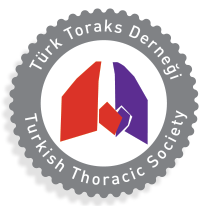Abstract
OBJECTIVE:
The management of non-small cell lung carcinomas (NSCLC) has changed with the identification of molecular pathways. We aimed to reveal the 3-year epidermal growth factor (EGFR), anaplastic lymphoma kinase (ALK), and ROS proto-oncogene 1 (ROS1) mutation profile in the Turkish population.
MATERIAL AND METHODS:
The histopathological and molecular data of all NSCLC cases from our department between May 2019 and April 2022 were evaluated.
RESULTS:
Molecular testing was performed in 197 NSCLC cases, and results were obtained in 182 (92.4%) (M/F: 144/38, aged 39-86). Of these, 121 were diagnosed with adenocarcinoma, 36 with squamous cell carcinoma, and 25 with NSCLC-not otherwise specified. The EGFR mutation was seen in 21 (11.5%) cases (6 exon 19 deletions, 3 exon 18 [all codon 719], 2 exon 20, 8 exon 21 point mutations, 1 concurrent exon 19 deletion and exon 20 codon 790 M point mutation, and 1 concurrent exon 19 deletion and exon 21 point mutation). The double mutation rate of EGFR was 1.1%. The mean age of these patients was 63.4 (40-79), with 24% of all females (n = 9) and 8.3% of all males (n = 12). The ALK mutation was detected in 6 (3.3%) patients (M/F: 4/2, aged 45-82), whereas the ROS1 mutation was detected in 3 (1.7%) (M/F: 2/1, aged 40-64).
CONCLUSION:
It is well established in the literature that EGFR-activating mutation rates vary depending on regions and ethnic groups. We concluded that the EGFR-activating mutation rates of the Turkish population are similar to the European molecular data instead of the Asian. The ALK and ROS1 mutation rates also seem concordant with the literature.
Cite this article as:
Gün E, Çakır İE, Ersöz H, Oflazoğlu U, Sertoğullarından B. The epidermal growth factor, anaplastic lymphoma kinase, and ROS proto-oncogene 1 mutation profile of non-small cell lung carcinomas in the Turkish population: A single-center analysis. Thorac Res Pract. 2024;25(3):102-109.



